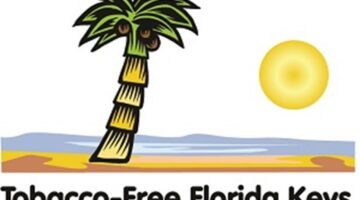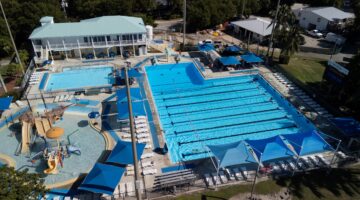Feds to look for unexploded artillery at Ft. Zach
BY PRU SOWERS
KONK LIFE STAFF WRITER
There may be things buried in and around the historic Ft. Zachary Taylor State Park but they aren’t exactly treasure.
On Tuesday, July 30, members of the U.S. Army Corps of Engineers (ACE) will be at Ft. Zach to begin a site inspection to look for unexploded artillery shells left over from the four wars the fort has been through. While the ACE isn’t expecting to find large amounts of potentially hazardous ordinance, some unexploded gun shells were found earlier in casemates — fortified gun emplacements – at the fort in areas that are not accessible by the public. Those shells, which included 27 four-inch Parrott rounds, one 6-inch Parrott round, and seven five-inch cannonballs, were discovered during a site inspection completed by the ACE in 2008.
A Parrott round is the ammunition used in a so-called Parrott Rifle, which is actually a large field gun first used in the Civil War. During that war, 10- and 20-pound Parrott cannons were used by both armies. The 20-pounder was the largest field gun used on land during that war, with a barrel weighing over 1,800 pounds. The Union Army naval forces also used larger versions of the field gun, with 30-, 60- and 100-pound Parrotts, the later which could fire an 80-pound shell.
Since 2008, the Corps has been waiting for funding to undergo a more detailed search of both the fort and a large swath of ocean in front of it where shells may have been fired during training exercises. This “remedial investigation/feasibility study” will use hyper-sensitive metal detectors towed over the land and ocean sites to see if any metal conforming to Parrott rounds or other shell types are indicated. Once that report is finalized and receives public comment, the ACE will then apply for funding to dig up the material and safely dispose of it if any live ammunition is found.
“They weren’t stupid,” said Frank Aracio, ACE senior project manager in charge of the Ft. Zach inspection, referring to military personnel stationed at the fort during the Civil War, Spanish-American War, World War I and World War II. “They didn’t want to blow themselves up. We think it’s unlikely they would have been burying live ammunition.”
However, in addition to the Parrott rounds and cannonballs found in the casemates, a hiker found a live, six-pound round on the ground near Ft. Zach after the moat was dug in the 1980’s. That round was taken away and detonated.
“We know they threw stuff over the wall when they were updating the fort,” Aracio said. “There’s the possibility we could find all kinds of stuff. There’s the possibility we won’t find anything.”
Aracio and his team are looking for volunteers to form a Restoration Advisory Board that will liaise with the Corps while it looks for unexploded ordinance. ACE representatives will be at Ft. Zach Thursday, July 30, from 9 am to 4 pm to answer questions and sign people up for the advisory board. Anyone interested in serving on the committee who cannot be at Ft. Zach that day can call 800-710-5184 or email [email protected]. The committee will act as a sounding board and help communicate site inspection details to the public, including any impact on the community.
“The purpose of the board is to make sure the community has an opportunity to learn more about the investigation and share their concerns directly with the Corps. Community members who serve on the board would attend meetings and share information with other members of the public who are not on the board,” said Rick Rosado, an ACE spokesman.
During the search, Ft. Zachary Taylor State Park and the ocean in front of the fort will not be closed down. If any ordinance is found either on land or in the ocean, those areas may be closed to the public and/or boaters temporarily while the shell is removed or detonated off shore.
“The investigation will be conducted in two phases: collecting data and digging up metallic objects. When teams are collecting data using the digital metal detectors, we will ask people to stay away from the equipment so they do not interfere with the equipment, but we will not close any portions of the park or water areas,” Rosado said. “When teams are digging up the metallic objects, we will enforce a safety zone around the teams. This will mean that some areas will be temporarily closed while crews work. We will, however, coordinate closely with the park to limit any inconvenience to park visitors.”
While not a designated Superfund site, the cost of the investigation will be paid by the federal government under the Superfund legislative act and administered by the Jacksonville, Fl, office of the ACE.
Construction of Ft. Zach began in 1845. It underwent numerous expansions and modernizations until the Army deactivated it in 1947. The site consists of just over 51 acres and was deeded to the State of Florida in 1979. Currently a state park, the fort is a federally-designated National Historic Landmark.
[livemarket market_name="KONK Life LiveMarket" limit=3 category=“” show_signup=0 show_more=0]








No Comment